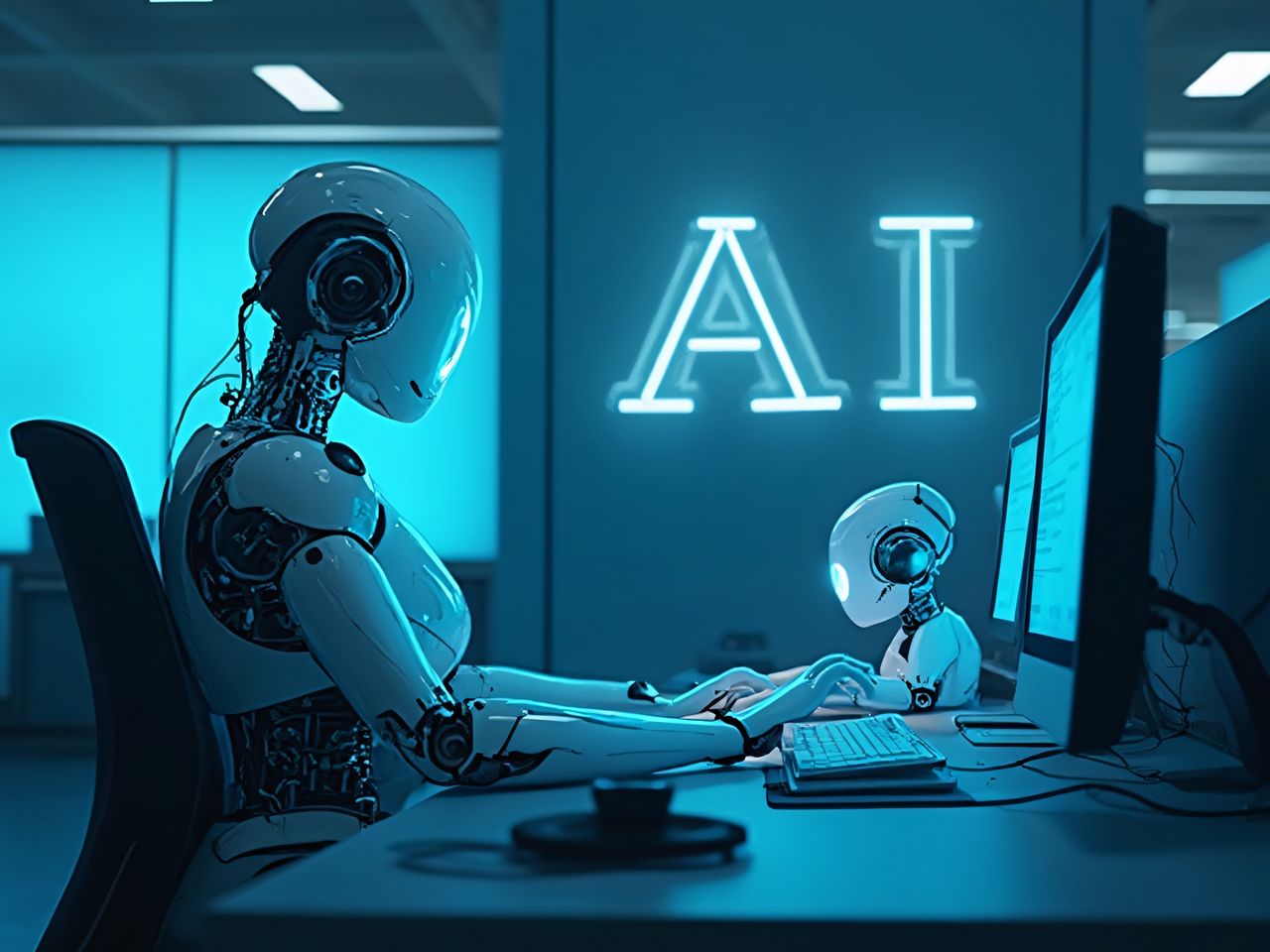
There’s a quiet but profound transformation underway in how businesses interact with backend systems. It’s not a flashy app or piece of consumer technology – it’s happening at the infrastructure level, where machine learning, automation, and natural language processing are beginning to rewrite how software is built, configured, and controlled.
At the heart of this shift is Machine Communication Protocol (MCP), a new approach being pioneered by fintech leaders like Stripe and Adyen. MCP allows large language models (LLMs) to interact directly with APIs – automating the translation of human intent into technical execution. It’s a change that could streamline how software engineering teams operate, empower business users, and reduce the friction between what people want and what systems deliver.
Although the idea sounds abstract, it’s already being tested in a very practical context: payments. The infrastructure behind every transaction is now where we’re seeing some of the earliest, most meaningful applications of MCP. In this sense, payments teams are acting as canaries in the coal mine for a much broader shift across the software engineering world.
What is MCP and why does it matter?
At its core, MCP is a way for LLMs – like ChatGPT – to interact with APIs on behalf of a user. Traditionally, if a business wanted to make a change to its backend system (say, issuing a payment link or modifying risk rules), someone – typically a developer – would have to write an API call, handle authentication, test responses, and integrate it into workflows.
With MCP, that integration layer is abstracted, and a user can issue a request in natural language – “Create a PayByLink for £100 in EUR” – and the LLM handles the translation, executes the API call, and returns the result. It can even ask follow-up questions to clarify intent. The entire interaction becomes conversational, not code based. Adyen recently demonstrated this in a proof-of-concept and Stripe launched a similar capability at its Sessions conference in May, positioning it as part of a longer-term bet on LLMs reshaping developer workflows.
For the user, it feels seamless. For the underlying system, it’s a major shift – automating the middle layer that once required deep technical fluency.
Why start with payments?
Payment systems are already heavily API-driven and deeply embedded in enterprise architecture. But despite their flexibility, they’ve historically been gated by technical teams. Every change – like adding ApplePay or updating parameters – requires someone in engineering to write code, test logic, and deploy updates.
That works, but it creates bottlenecks. In developer-centric environments like Stripe’s, MCP represents a way to streamline workflows. In enterprise-first setups like Adyen’s, it’s about empowering operations, product, and risk teams to make changes directly – without joining a development queue or waiting for a sprint cycle.
In both cases, MCP moves control closer to the people who understand the business problem – and speeds up the cycle from intent to execution.
Implications for software engineering
MCP doesn’t just matter to payments – it’s an early example of something much bigger. It signals how software engineers and infrastructure management may evolve over the next few years.
MCP doesn’t eliminate the need for technical expertise. But it does change the role. Software engineers may move from executing tasks to supervising them – designing secure, auditable systems that allow AI agents to operate safely and effectively.
In that sense, MCP isn’t just a new interface – it’s a new paradigm. One that requires engineers to think like systems architects and strategic enablers, rather than gatekeepers of functionality.
Still early, but moving fast
Adyen’s POC is limited, Stripe’s implementation is still evolving, and right now, most MCP use cases are simple: generating a payment link, updating a rule, querying a transaction status, but it won’t stay that way for long.
MCP-based workflows could soon handle more complex interactions – onboarding new markets, configuring multi-step authentication, deploying checkout experiments, or dynamically routing transactions – all through natural language.
That won’t stop with payments. MCP could apply to any API-rich system: cloud infrastructure, observability platforms, compliance tooling, data pipelines. The building blocks are already there. The real question is how quickly engineering teams adapt.
The next phase of engineering won’t be about who can write the cleanest Python. It will be about who can define intent clearly, interpret outcomes effectively, and manage AI-driven systems responsibly.
MCP is just the beginning. The businesses – and engineers – that understand what it unlocks will be the ones shaping what comes next.
We’ve featured the best business intelligence platform.
This article was produced as part of TechRadarPro’s Expert Insights channel where we feature the best and brightest minds in the technology industry today. The views expressed here are those of the author and are not necessarily those of TechRadarPro or Future plc. If you are interested in contributing find out more here: https://www.techradar.com/news/submit-your-story-to-techradar-pro


Leave A Comment